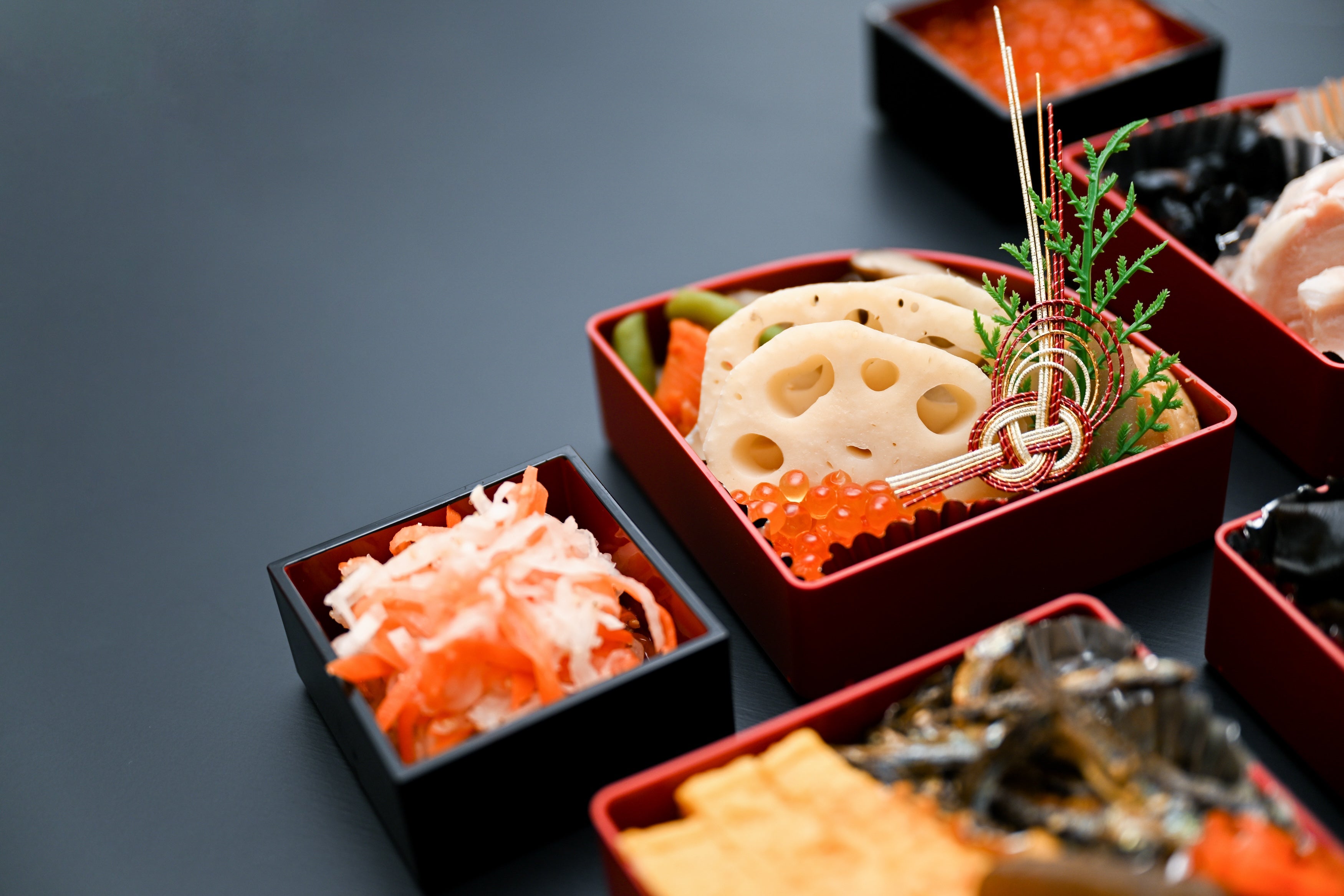

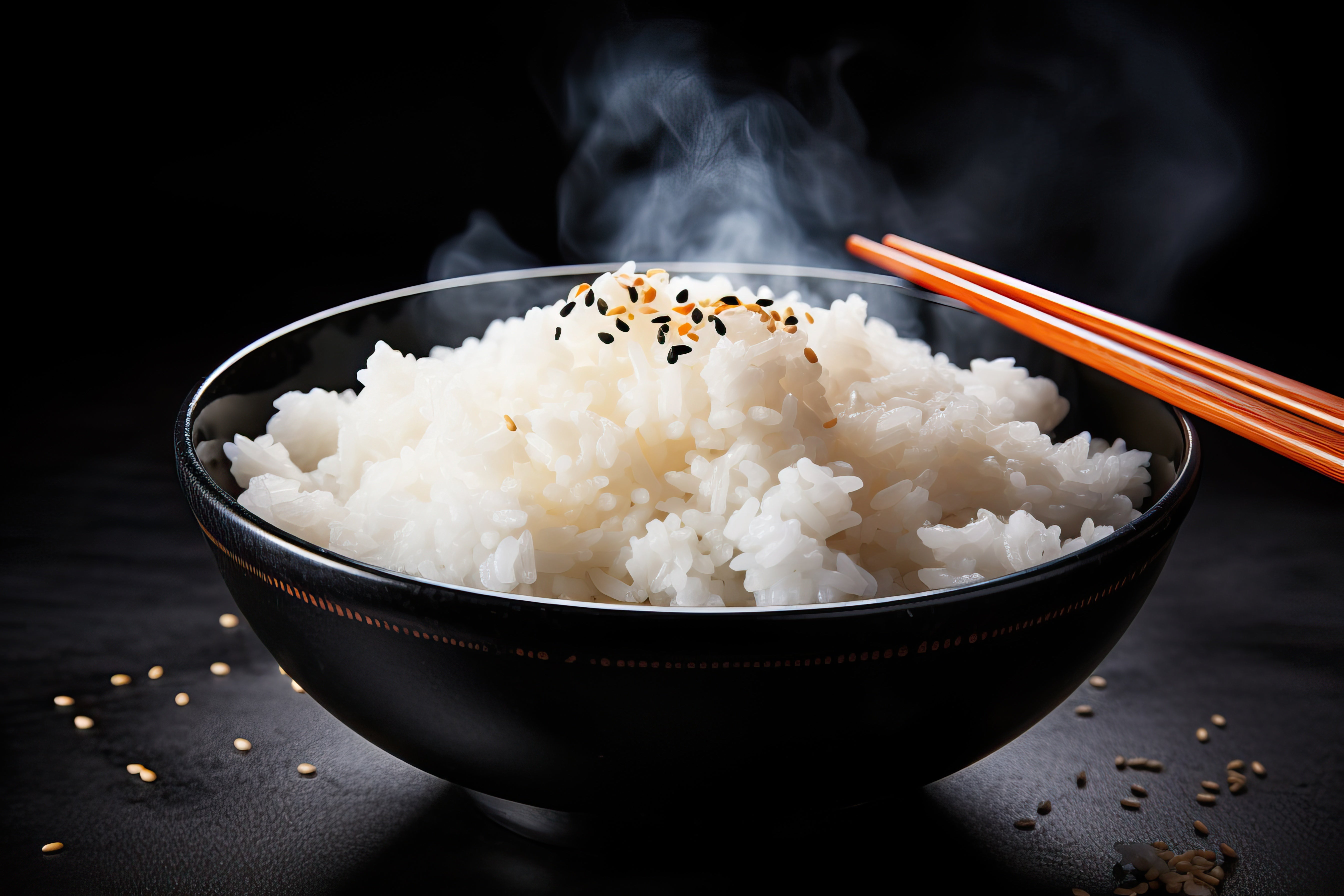

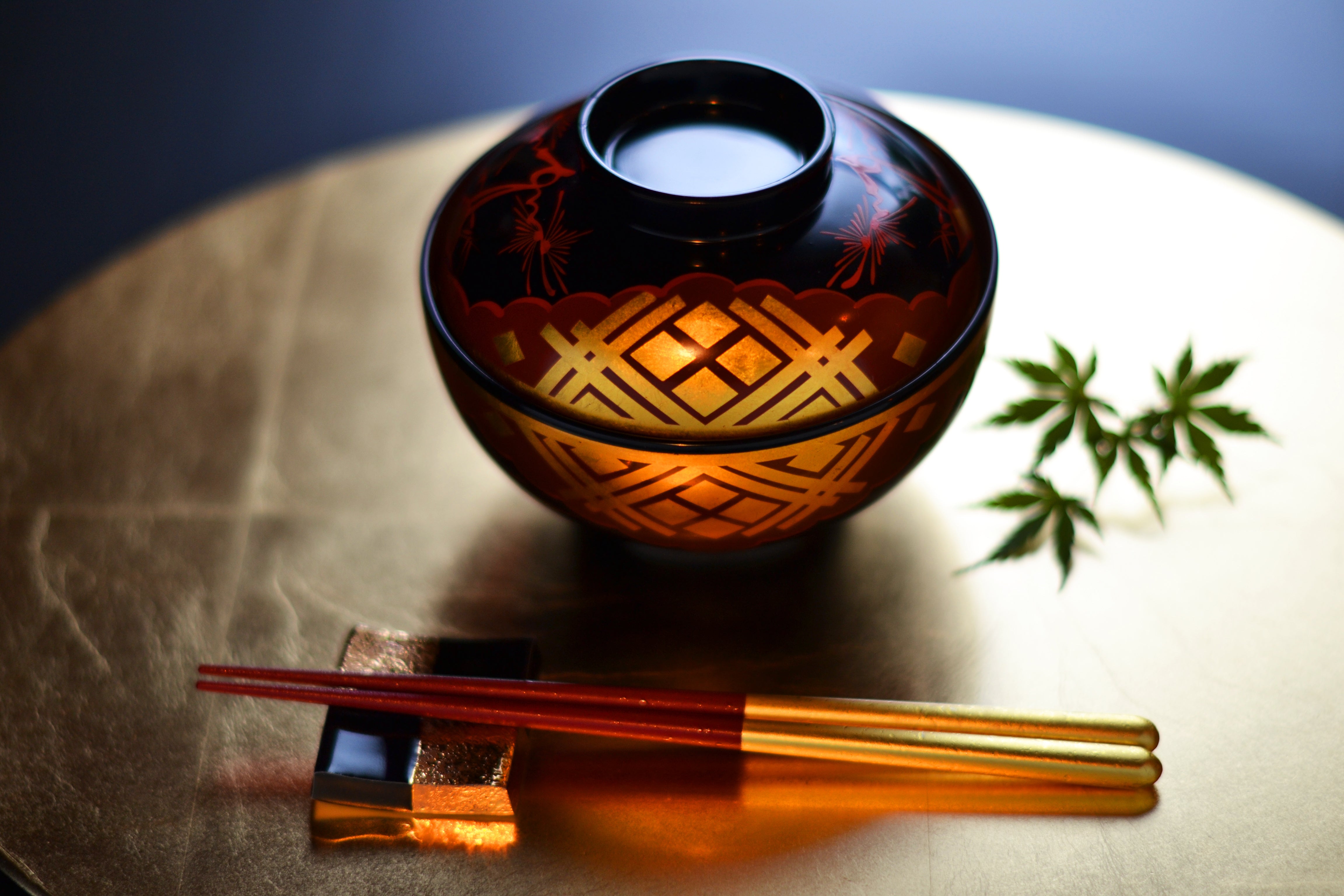



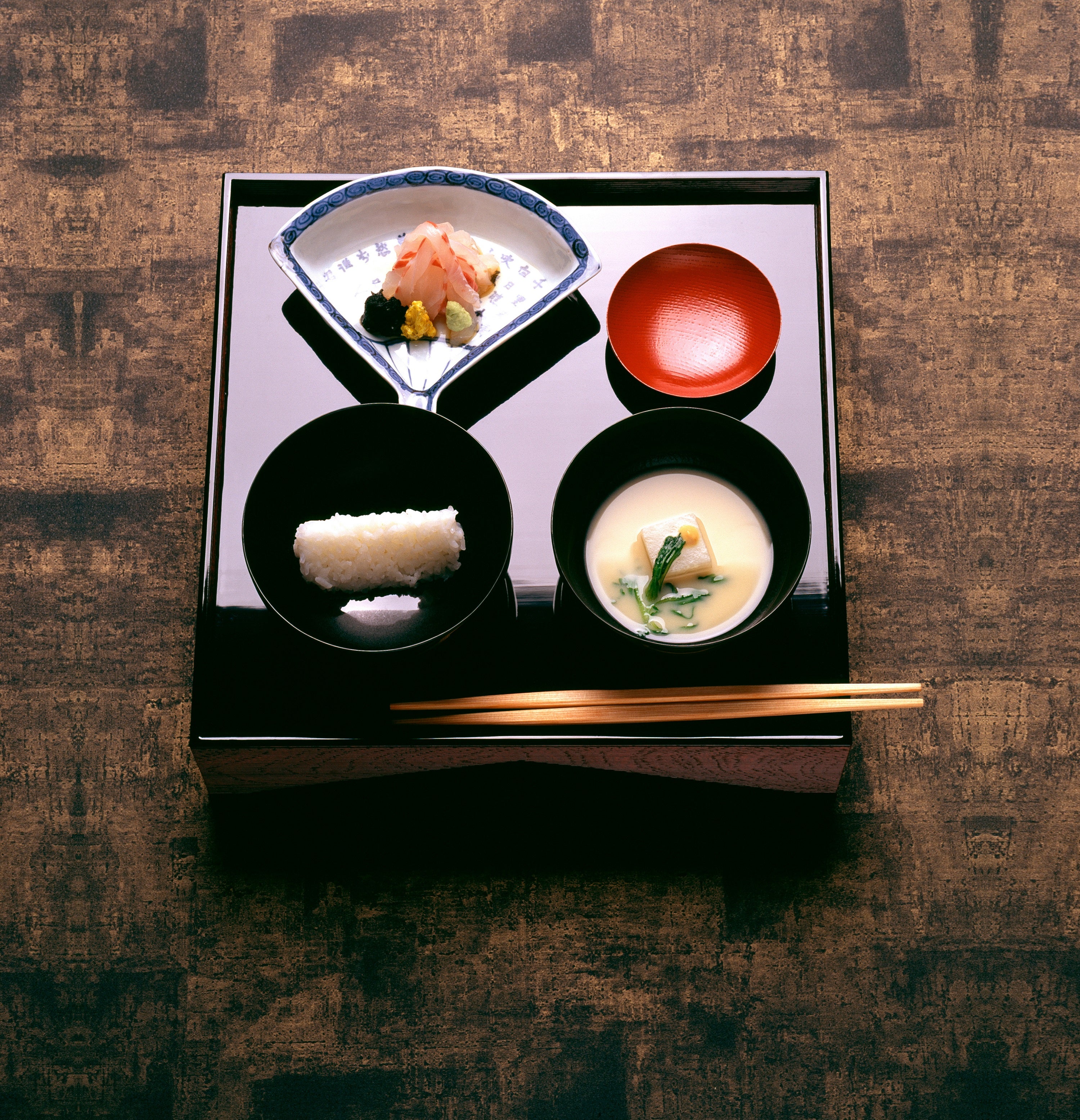

Chakaiseki
Japan has a revered culinary tradition known as kaiseki, a traditional multicourse meal consisting of artfully presented dishes served on special occasions. While numerous Japanese dishes have become commonplace dining choices even beyond Japan's borders, it is only in recent times that the world has started to recognize the culinary artistry of kaiseki. But where does kaiseki have its roots and what makes it the pinnacle of Japanese cuisine? To understand the essence of kaiseki, we need to take a look at its origin - the ritualistic meal that was developed by tea masters to accompany the tea ceremony. This meal is called chakaiseki.
The Birth of Chakaiseki: A Glimpse into the Past
In the 16th century lived Sen no Rikyu, originally a merchant, and later the tea master of Japan’s most powerful lords. Integrating Zen's emphasis on mindfulness, simplicity, and respect, Sen no Rikyu developed the tea ritual - the Chanoyu - we now know as the tea ceremony. His tea practice strongly resonated with Zen principles both in its aesthetics and philosophy. For auspicious occasions, Rikyu complemented the tea with a course meal. He borrowed several elements from Buddhist cuisine which also includes multiple small dishes, each with its unique flavors and textures arranged to be visually appealing. The name chakaiseki is already telling the tale. Cha means tea, while Kaiseki means “a stone held close to the heart” and it has its origin in Buddhist monastic customs where monks held a hot stone to warm their bodies during cold days and ease their hunger during long meditations. The reference to this stone is symbolic: Chakaiseki aims to ready the stomach for the tea.
The Heart of Chakaiseki: Seasonality
Like Zen Buddhist cuisine which places great importance on using seasonal and locally sourced ingredients, chakaiseki is also a culinary celebration of Japan's seasons. The menu is designed to reflect the seasonal ingredients, flavors, and themes. Just as the world outside changes, so does the menu inside. Chakaiseki captures the essence of spring's blooms, summer's flavors, autumn's harvest, and winter's tranquility, all on one plate. The season's essence is conveyed not only through expertly prepared quality ingredients but also through the careful choice of serving vessels. In spring, dishes are served in bowls decorated with cherry blossoms, in summer, glassware and blue-and-white porcelain are used to create a cool, refreshing feel. In autumn, dishes with autumn leaves prevail, while in winter the table is arranged with earthenware plates to set a warming vibe.
Artistry in the Details
Chakaiseki is not only a meal; it is an art form. It places a strong emphasis on aesthetics and presentation. Each dish is carefully arranged to enhance the beauty and create a sense of harmony and balance much like the philosophy of the tea ceremony itself. Utensils and tableware used in the tea ceremony are chosen with great care to match the overall aesthetic. The meal has to involve the five flavors (sweet, sour, spicy, bitter, and salty), the five colors (red, green, yellow, black, and white), and the five preparation methods (grilling, stewing, deep-frying, steaming, and serving raw) while they also indulge all the five senses (sight, hearing, taste, touch, and smell).
The Many Courses of Elegance
Chakaiseki typically consists of several courses. While the specific dishes may vary depending on the season, region, and tradition, here are the common courses you might find in a chakaiseki meal:
・Hassun (八寸): An appetizer course, often featuring seasonal delicacies.
・Mukōzuke (向付): A course of raw fish or other fresh seafood.
・Takiawase (煮合): A simmered dish, with a hearty broth.
・Yakimono (焼物): Grilled or broiled dishes, including fish or meats.
・Futomono (蓋物): A course featuring rice or noodles.
・Suimono (吸物): A clear soup flavored with soy sauce and salt.
・Kō no mono (香の物): Pickled vegetables to reset the palate.
・Sado (茶道): A tea ceremony with a bowl of matcha tea and complementary sweets to crown the experience.
The host of the tea ceremony, who prepares and serves the chakaiseki, demonstrates deep respect and hospitality to the guests. This includes the careful selection of dishes and utensils, as well as thoughtful attention to the guests' needs and preferences. This traditional tea ceremony meal is a reflection of Japan's rich heritage, where culinary artistry and cultural significance blend harmoniously.
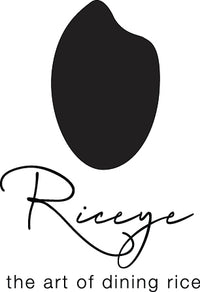
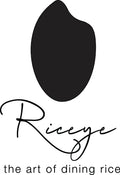
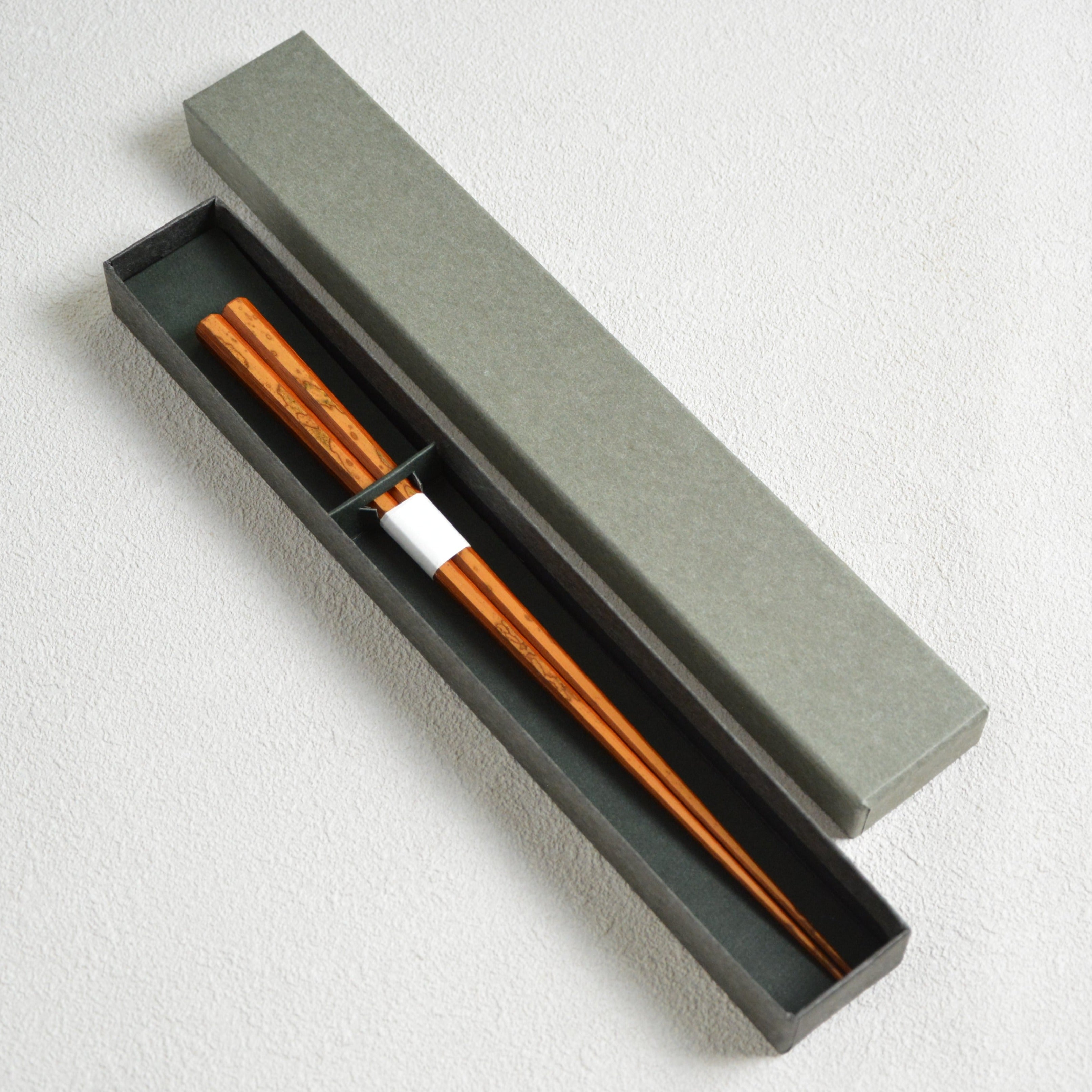
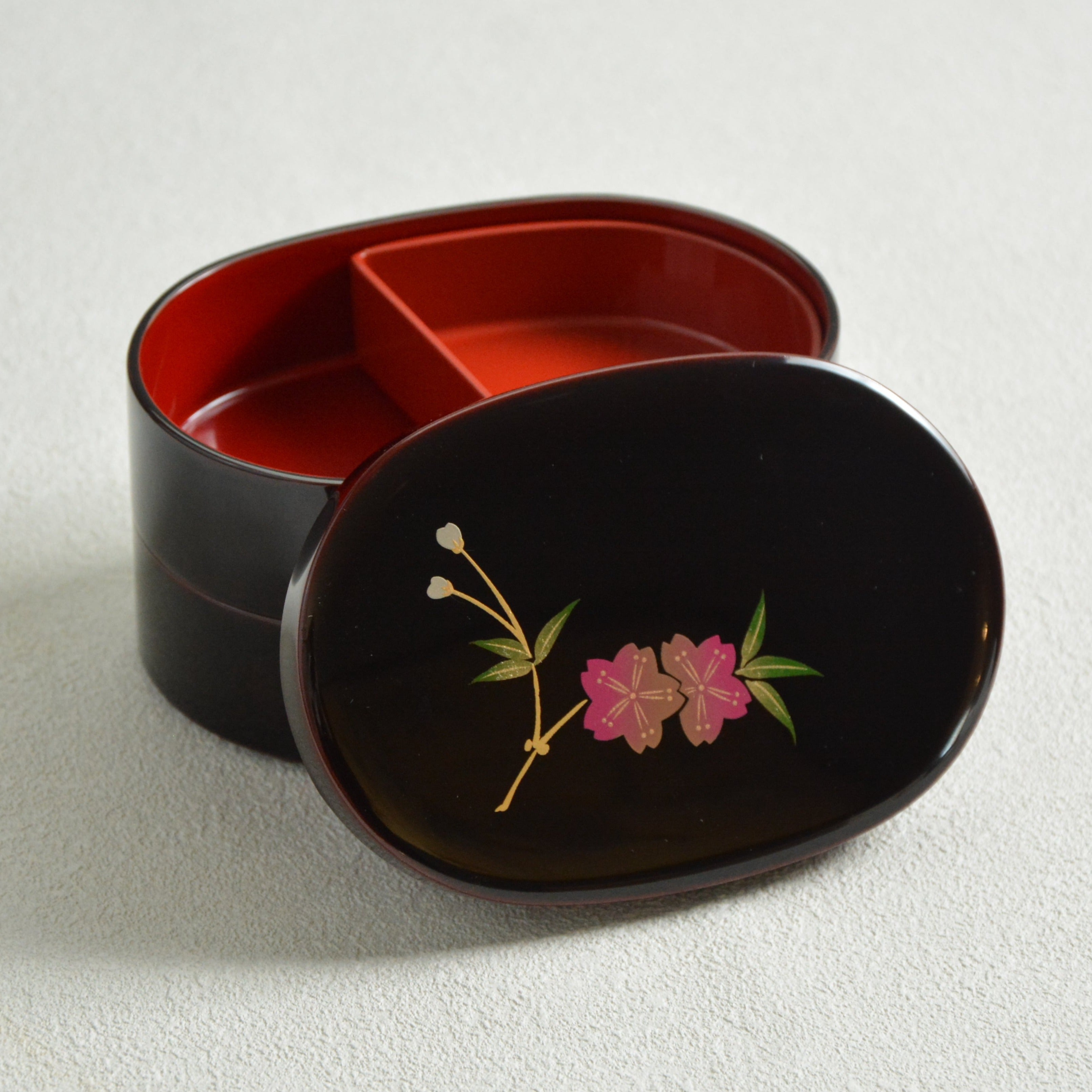
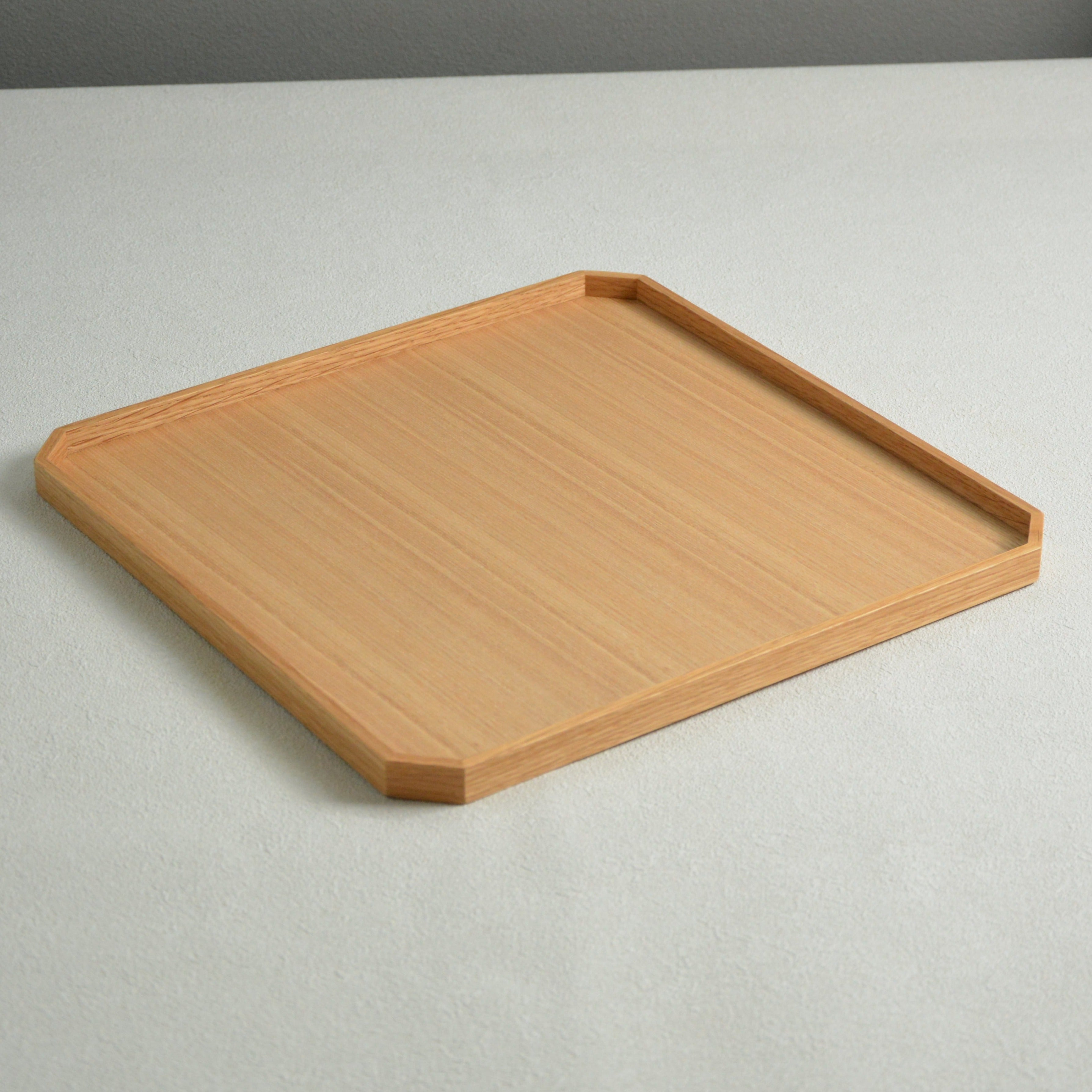
Leave a comment